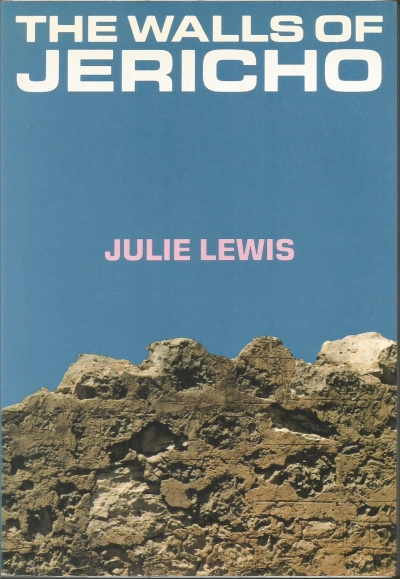T.A.G. Hungerford’s new book Stories from Suburban Road is sub-titled ‘an autobiographical collection’ and comes complete with an appendix of photographs in the style of a family album with captions such as ‘Mick and me, 1922’, ‘Me, aged 16, and Phyllis Kingsbury, Scarborough, 1931’, and ‘Mum and Mrs Francis Victoria Wood, Como Beach, 1930’. Also, throughout the collection each story, sixteen in all, is accompanied by a photograph of the period of the author’s childhood and adolescence between the wars. The impression this provides is that the reader is invited to participate in Hungerford’s nostalgia for his past which consequently may be an inaccessibly private world – more reminiscence than substance. This impression proves to be quite incorrect. The photographs are moments frozen in time, enclosed in a period before this reader was born and the stories offer insight into them. They mutually contribute to the impression created, generally, of a world of innocence and delight. The happy and robust youth in the photographs looks contentedly into the camera from an ordered, acceptable world. They also perhaps complement the selectivity of the author’s imagination.
...
(read more)










